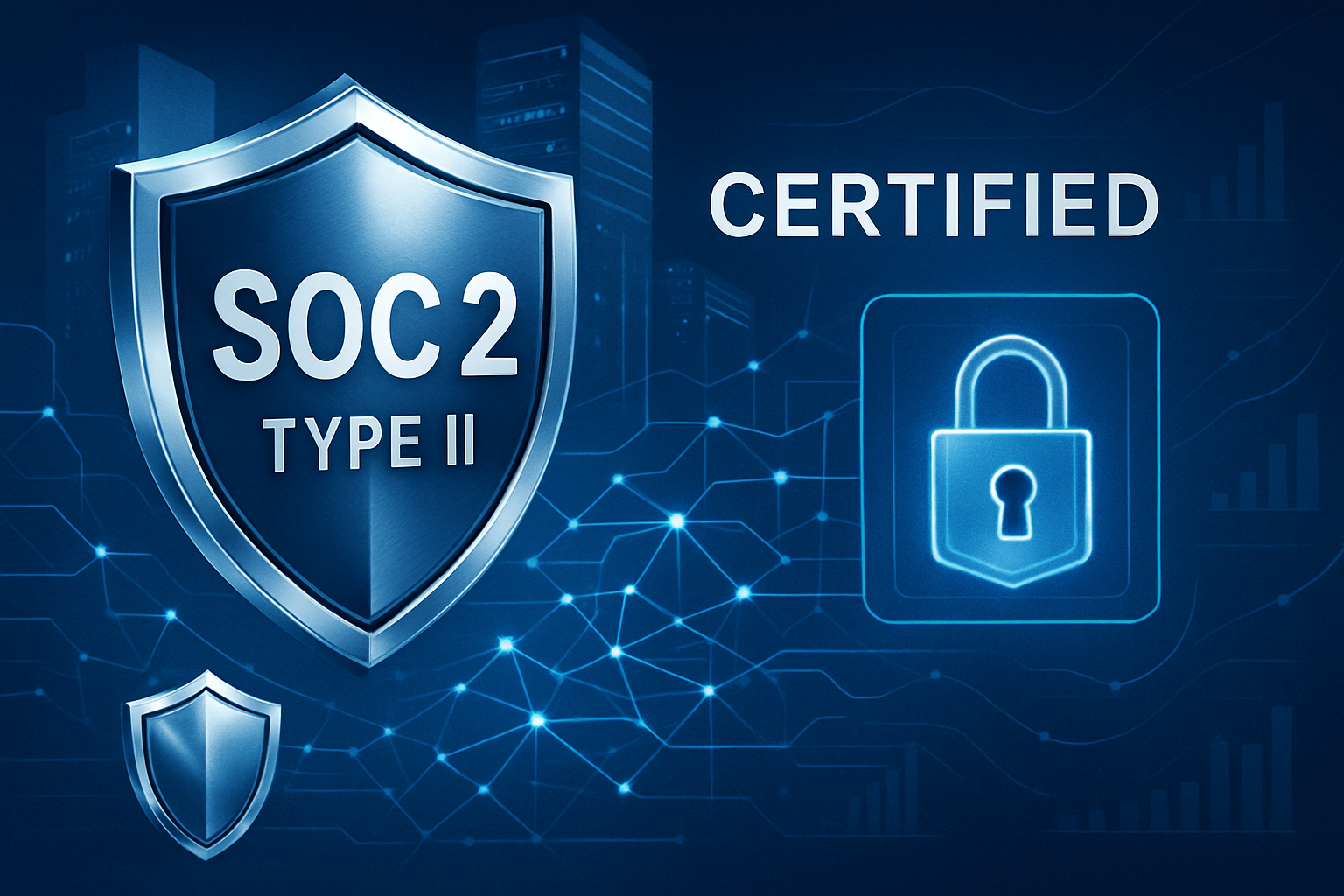Organizations today are under constant attack from cybercriminals so developing an effective threat intel program is imperative as a way to defend your organization. The recently published Consortium Networks’ CISO white paper The Goal of Threat Intelligence offers practical advice on the best way to set up your threat intel defense.
The basic steps cover setting clear goals, so you can target the right data set from the vast amount of data available to avoid “over analysis.” Then, you gather input from both your technical and business teams to establish priorities. This is followed by leveraging the knowledge of all stakeholders to identify common perceived and actual threats that currently exist.
Ideally, it’s important to find the right blend of data analysis and cybersecurity expertise. Combining this technical knowledge with business intelligence leads to a synergistic analysis of data that will yield the best results.
Setting up a successful threat intel program requires establishing a repository to hold the data discovered in the fact-finding stage. Ultimately, you need to document rules for classifying and organizing the gathered intel. Then you define how you will share updates, information, and other actionable communication.
As discussed in the CISO whitepaper, the key to an effective program is being able to deliver easy-to-understand, actionable intelligence to all relevant stakeholders, decision makers, and employees. An actionable threat intelligence program takes time, but it is never finished since it must be flexible enough to adapt to changes that arise. It’s important to keep the lines of communication open with everyone involved – vendors, peers, decision makers – to be able to correct any missteps that occur along the way.









